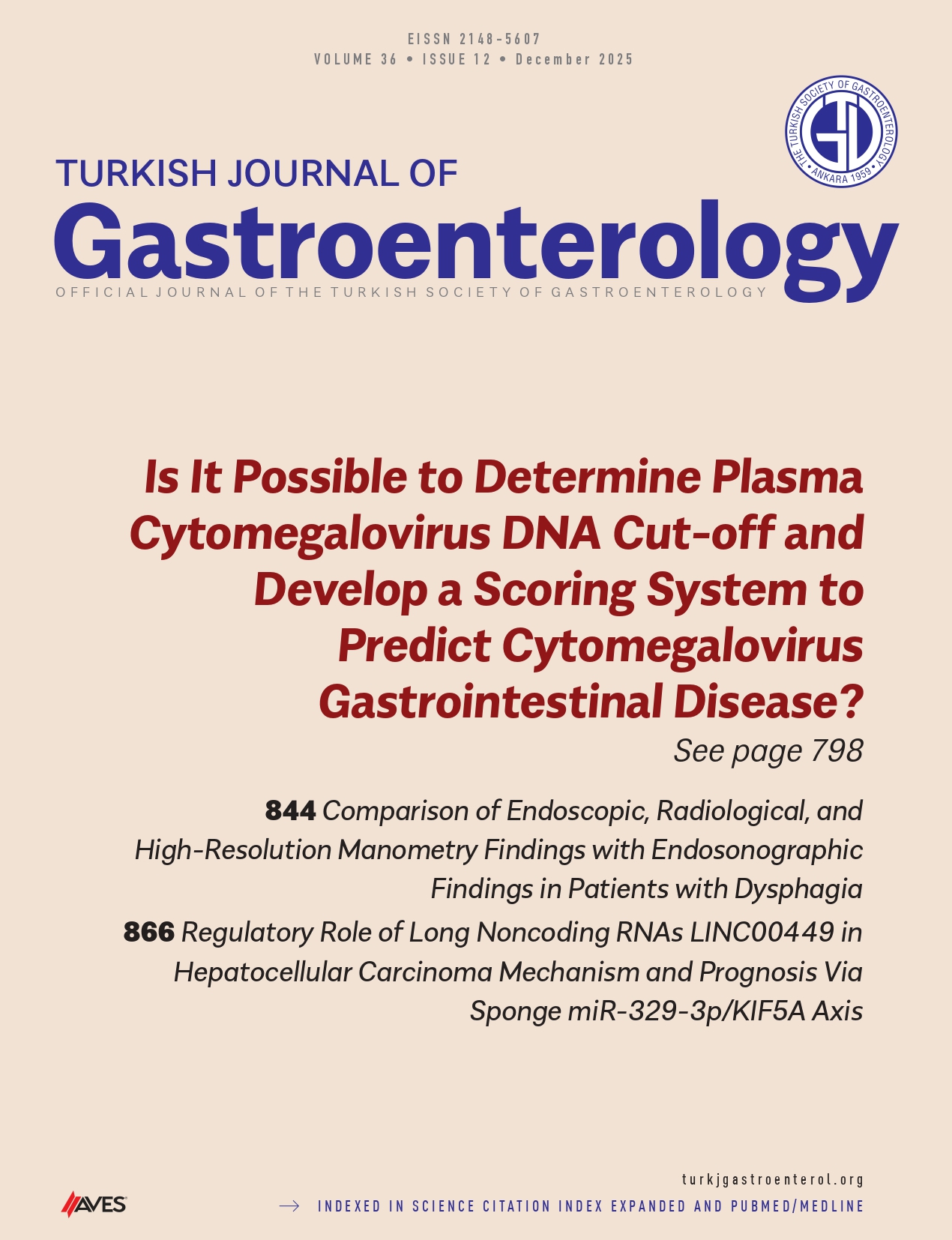Abstract
Background/Aims: To investigate the efficacy and safety of endoscopic biliary stenting for difficult common bile duct (CBD) stones in elderly patients.
Materials and Methods: Elderly patients (≥65 years) with large (≥20 mm) or multiple (≥3) CBD stones were studied. The patients underwent placement of single (n=34, group A) or double (n=30, group B) plastic stents at the time of initial endoscopic retrograde cholangiopancreatography (ERCP). Approximately 3 months later, stone removal was attempted at the second ERCP. The reduction of stone size and number before and after biliary stenting, complete stone removal, 3-month stent patency rate, and complications were compared.
Results: The mean size (longitudinal/transverse diameter) of the CBD stones was significantly reduced after biliary stenting in both groups (p<0.001). Complete stone removal at the second ERCP was 94.1% in group A and 100% in group B (p=0.494). Kaplan–Meier analysis indicated that group B had a higher 3-month stent patency rate than group A (p=0.008).
Conclusion: Endoscopic biliary stenting is safe and feasible for the management of difficult CBD stones in elderly patients, while double biliary stenting is superior to single stenting in maintaining higher stent patency rates.




.png)
.png)